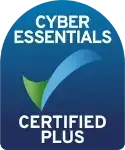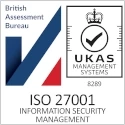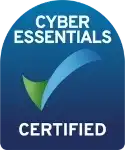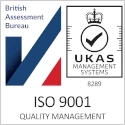15
+
YEARS OF
EXPERIENCE
1000
+
SUCCESSFUL
Projects
80
+
Satisfied
Clients
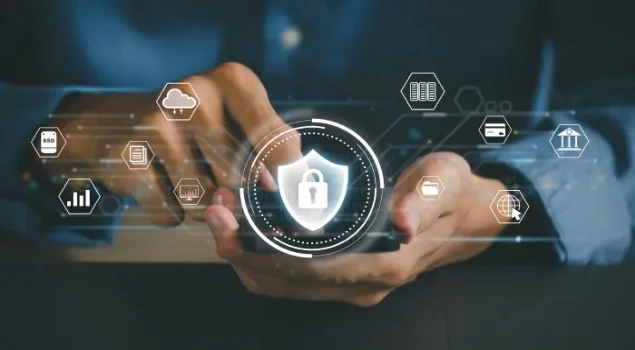
In today’s fast-paced, digitally driven business environment, remote work has evolved from a rare exception to a common business practice. Organizations across the globe are increasingly relying on remote access solutions to allow employees to connect to company networks, applications, and resources from virtually anywhere. However, with the rise of remote work comes a heightened need for robust security measures. Secure remote access ensures that employees can work effectively from home, on the go, or in branch offices, without compromising the confidentiality, integrity, and availability of business data.
What is Secure Remote Access?
Secure remote access refers to the ability to connect to a private corporate network from a remote location using encrypted and secure communication channels. Unlike traditional network setups that rely on physical proximity to the office or data center, secure remote access solutions enable employees to access necessary resources and applications securely via the internet, even when they are miles away from the office.
For organizations, secure remote access is critical in ensuring that remote employees, contractors, or third-party vendors can perform their tasks without putting the organization’s data, applications, or network infrastructure at risk. A secure remote access solution combines encryption, multi-factor authentication (MFA), and secure tunneling protocols to ensure that data in transit remains private, and that users can only access the systems and resources they are authorized to use.





Why Secure Remote Access is Crucial for Modern Enterprises
The shift to remote work, accelerated by global events such as the COVID-19 pandemic, has fundamentally changed how businesses operate. Remote access is no longer a luxury but a necessity for ensuring business continuity. It enables a mobile workforce to remain productive and connected while reducing the constraints of physical office spaces. However, this flexibility introduces new security challenges, especially as the number of devices accessing the network increases.
Securing remote access is essential for several reasons:
User Authentication and Access Control: Ensuring that only authorized users can access corporate systems is critical. Secure remote access solutions offer features such as multi-factor authentication (MFA) and role-based access controls (RBAC) to verify user identities and limit access to sensitive resources.
Data Protection: Remote access solutions must ensure that sensitive company data is protected from unauthorized access or theft while traveling over the internet. Without proper security measures, employees using unsecured networks could be exposed to data breaches, malware, or man-in-the-middle attacks.
Compliance Requirements: Many industries are subject to stringent regulatory frameworks, such as GDPR, HIPAA, or PCI DSS, that mandate secure access to business systems and data. Failure to meet these requirements can result in hefty fines and reputational damage.
Network and Connectivity
Reliable network and connectivity solutions to ensure seamless communication, secure data transfer, and optimized performance.SD-WAN and VPNs
Advanced SD-WAN and VPN solutions for secure, efficient, and cost-effective network performance across global connections.Cisco Enterprise Designs
Custom Cisco enterprise designs tailored to meet business needs, ensuring scalable, secure, and high-performance networks.
Best Practices for Ensuring Secure Remote Access
While adopting the right technologies is essential for secure remote access, businesses must also implement a comprehensive security strategy that incorporates the following best practices:
- Implement Role-Based Access Control (RBAC): Limit user access based on roles and responsibilities. Ensure that users only have access to the resources and data necessary for their work, and regularly review access controls to minimize the risk of privilege creep.
- Enforce Endpoint Security: Secure the devices that access corporate networks by ensuring they meet specific security requirements. This includes enforcing device encryption, installing anti-malware software, and implementing mobile device management (MDM) policies.
- Regularly Update and Patch Systems: Keep remote access systems, as well as the devices employees use, up to date with the latest security patches. Regular updates help mitigate vulnerabilities and reduce the risk of exploitation by cybercriminals.
- Monitor User Behavior: Continuously monitor user activity, especially for remote users. Implementing user and entity behavior analytics (UEBA) can help detect suspicious activity that might indicate a breach or compromise. Rapidly identifying anomalous behavior enables organizations to respond to potential threats before they escalate.
- Educate Employees on Security Best Practices: End-users are often the weakest link in security. Provide regular security training to employees about the risks of phishing, the importance of strong passwords, and how to securely access the corporate network. Ensuring that employees understand their role in maintaining a secure remote access environment is crucial.
The Future of Secure Remote Access
As organizations continue to embrace remote and hybrid work models, the need for secure remote access will only increase. Future advancements in technologies like ZTNA, SASE, and cloud-native security frameworks will play a significant role in ensuring that businesses can provide secure, efficient access to network resources without compromising on security.
Remote access solutions will become more automated, leveraging artificial intelligence and machine learning to enhance threat detection, optimize access controls, and streamline the authentication process. Additionally, as more businesses migrate to the cloud, ensuring secure access to cloud-based applications and resources will become even more critical. The integration of secure remote access with cloud-native security platforms will enable organizations to maintain a consistent security posture regardless of where their applications or users are located.
Conclusion
Secure remote access has become a cornerstone of modern enterprise IT infrastructure. With the growing need for flexibility, productivity, and collaboration in today’s remote work environment, businesses must prioritize security in their remote access strategies. By implementing robust solutions like VPNs, MFA, ZTNA, and SASE, organizations can provide their employees with secure, seamless access to the tools and data they need, without exposing the network to unnecessary risks.
Ultimately, ensuring secure remote access requires a combination of the right technologies, policies, and user education. By adopting a layered security approach, businesses can confidently empower their remote workforce while minimizing the threat of data breaches, cyberattacks, and unauthorized access. As the future of work becomes more distributed, secure remote access will remain a vital component of enterprise security strategies, supporting productivity and collaboration while safeguarding critical business assets.

answer time
satisfaction
score
on initial call
same business
day


